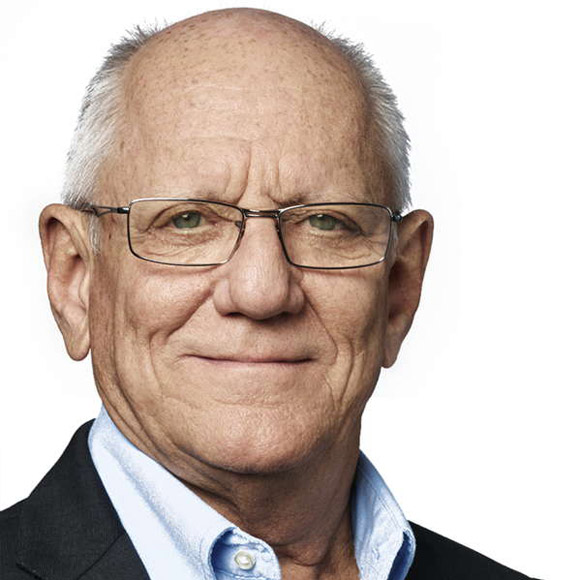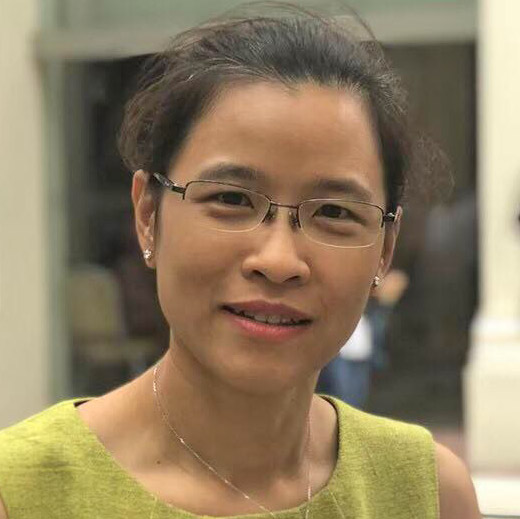Dr. Arnaldo Castellucci graduated in Medicine at the University of Florence in 1973 and he specialized in Dentistry at the same University in 1977. From 1978 to 1980 he attended the Continuing Education Courses on Endodontics at Boston University School of Graduate Dentistry and in 1980 he spent four months in the Endodontic Department of Prof. Herbert Schilder. Since then, he has a limited practice to Endodontics.
He is an Active Member of the Italian Endodontic Society (SIE) where he worked as Scientific Advisor, Secretary Treasurer, Vice President and as President in 1993-1995. Dr. Castellucci is an Active Member of the European Society of Endodontology (ESE), he was the Secretary in 1981-1983. He has been the President of the International Federation of Endodontic Associations (IFEA) in 1990-1992. He is an Active Member of the American Association of Endodontists (AAE) since 1985.
He is an Assistant Professor of Endodontics at the University of Cagliari Dental School and Assistant Professor of Micro-Surgical Endodontics at the Specialty of Oral Surgery at the University of Naples Federico II.
He is the Editor of “The Italian Endodontic Journal” and of "The Endodontic Informer" and is Editor-in-Chief of Endo Tribune.
As an international lecturer, Dr. Castellucci gives presentations at National and International Congresses in 56 different countries. He has published more than 60 articles on Endodontics in the most prestigious Endodontic Journals and is the author of the text "EndodonticS", which is now available in three volumes in the english language. He is also the author of the textbook on Micro-Surgical Endodontics which will be published in the near future.
Dr. Arnaldo Castellucci is the Founder and President of the "Warm Gutta-Percha Study Club" and of the "Micro-Endodontics Training Center" in Florence, Italy where he teaches and gives hands-on courses.





